Make a mammography appointment at a location near you.
Call 1-800-422-4626
Schedule your screening mammogram each year at the same time you arrange for your regular health checkups.
Experts from the Society of Breast Imaging, the American College of Radiology and OU Health’s Breast Health Network agree – women 40 and older should get yearly screening mammograms. You benefit from annual exams that provide early detection of breast cancer or other breast health issues.
Get compassionate care and access to the latest advanced mammography and breast imaging services at any OU Health Breast Health Network location in Oklahoma City and Edmond. You can make appointments at any location – close to your home or work, even on Saturdays – for fast access to a full range of imaging diagnostic tools, including 3D mammography, offered at specific network sites.
Take advantage of various breast imaging services at OU Health, such as:
Make a mammography appointment at a location near you.
Call 1-800-422-4626If you live outside the Oklahoma City metro, you can get expert breast health care and screening mammograms through one of the OU Health statewide mobile mammography units that travel to your business, town, local hospital or anywhere in Oklahoma.
You’ll get access to the same screenings and advanced digital technology you’d find at any of our Oklahoma City metro locations. Compassionate, highly trained and certified female technologists provide you with full-field digital mammograms using FDA-approved advanced technology accredited by the American College of Radiology (ACR). And, just as if you visited Breast Health Network locations in Oklahoma City or Edmond, you receive accurate test readings and expert interpretation from board-certified radiologists.
OU Health mobile mammography units have been serving women across Oklahoma since 1989. Join the 200,000 + women who get their breast health screenings at a mobile unit.
When you arrange for a screening mammogram, you also can schedule a bone density (DXA) scan at your nearby OU Health Breast Health Network location. The scan uses dual-energy X-ray absorptiometry (DXA) to check for osteoporosis, a condition that weakens your bones and makes them more likely to break, especially as you get older. Learn how to prepare for a bone density scan.
View our calendar to see if a mobile unit is coming to your area or call to make a request.
Oklahoma CityDigital mammography captures breast images for display on a computer monitor rather than X-ray film, which enhances image quality. Your doctor may request additional testing, including biopsy, if there is an area of concern.
Unlike traditional two-dimensional procedures, 3D breast tomosynthesis finds breast cancer at its earliest stages by producing a series of thin slices that “see” through overlapping tissues and provide high-resolution images of your breasts using about the same amount of radiation. With greater accuracy, 3D mammography increases lifesaving early detection and decreases false positives or callbacks for additional testing, which can greatly ease your mind and save money.
Regardless of your age, if you have dense breasts, you also benefit from the exceptional detail offered by the digital and 3D imaging services at OU Health Breast Health Network locations. Greater accuracy in imaging and diagnosis means fewer follow-up procedures for you. Learn more about dense breasts.
If you have dense breast tissue, you now have access to new and advanced imaging technology that helps doctors zero in on potential abnormalities using contrast dye in conjunction with a standard mammogram.
The technology, called contrast-enhanced mammography (CEM), provides improved and non-invasive diagnostic accuracy compared to a standard mammogram.
During Your Appointment
After your scan, you return to the dressing room and can continue with regular daily activities.
Learn more about how to prepare and what to expect with digital/3D mammography.
Breast ultrasound imaging helps to distinguish between solid tumors and fluid-filled cysts. In addition, breast ultrasound provides more information about palpable lesions found during a breast self-exam or a breast exam from your doctor, as well as any abnormalities seen on mammography or MRI, and allows for image-guided biopsy. Your breast ultrasound at OU Health uses advanced high-frequency broadband technology for precise imaging.
You don’t need any special preparation before a breast ultrasound. During your 15- to 30- minute appointment, expect the following:
After the test, the technologist removes the gel, you return to your dressing room and you can carry on with your regular activities. Before you leave, you will discuss your results with an OU Health imaging specialist or doctor.
Learn more about what to expect with breast ultrasound.
A breast MRI uses powerful magnets and radio waves to create a computer image of the breast for detecting breast cancer, evaluating breast implants and evaluating the extent of known disease.
Bring all previous imaging items or information about access to films, pathology reports, mammograms, ultrasounds and MRIs from other breast imaging facilities. If your doctor prescribed claustrophobia medication to take before your procedure, make arrangements for someone to bring you to the Breast Health Network location and take you home. Notify the facility ahead of time if you have any implantable devices.
Arrive 15 minutes before your appointment time and plan for the process to take about an hour or less.
During Your Exam – Approximately 15-30 minutes
After your test, you can return to your day’s activities or have someone take you home.
Learn more about what to expect with breast MRI.
If you or your doctor discover a suspicious lump or if imaging identifies an abnormality in your breast, you may get a biopsy – a procedure that samples the area of concern and removes tissue for more testing. Most biopsies show no malignancy upon examination.
When needed, biopsies determine the presence of cancer or the need for surgery. Options for biopsy include:
Learn what to expect with nonsurgical needle breast biopsy.
Although uncommon, inherited BRCA1/2 (BReast CAncer) gene mutations and other mutations associated with breast cancer account for about five percent of breast cancers and about 10-15 percent of ovarian cancers. You may receive the BRCA1/2 gene test only if your personal or family history shows an inherited mutation or if you have a specific type of breast cancer. Women at average risk of breast and ovarian cancers do not routinely receive this genetic test.
The test examines a number of genes for an inherited BRCA gene mutation and provides an estimate of your personal risk for breast cancer and ovarian cancer. The testing process also involves valuable genetic counseling.
Learn more about the BRCA1/2 gene test or take the Hereditary Cancer Quiz.
Empower yourself to make sound decisions about your breast health by taking a no-cost assessment that helps determine your individual risk of developing breast cancer.
During your risk assessment interview, an OU Health breast health specialist asks about your family and personal health history, including any family history of cancer, and develops recommendations for specific screenings and tests that fit your particular situation. If you qualify for high-risk screening, you’ll join a risk-based surveillance program that combines mammography, ultrasound and/or MRI to monitor your breast health.
You also gain access to clinical experts who discuss chemoprevention options and a number of prevention trials through the Stephenson Cancer Center.
Count on OU Health Breast Health Network to connect you with highly regarded board-certified and fellowship-trained breast radiologists who apply their years of education, skill and experience to interpret your breast imaging results. Wherever you get your screening — at one of our Oklahoma City metro locations or through our mobile mammography units — count on your breast health team to give you accurate information and compassionate guidance to support your health.
Schedule a bone density test to check for osteoporosis when you schedule your annual mammogram at an OU Health Breast Health Network location near you.
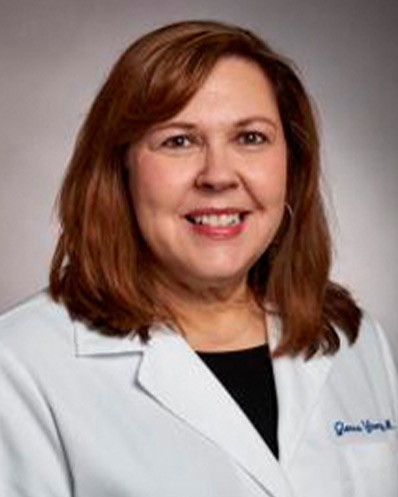

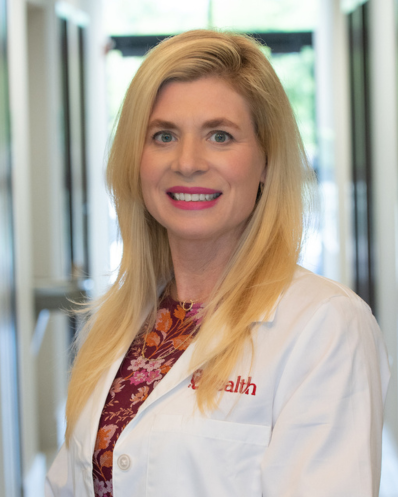

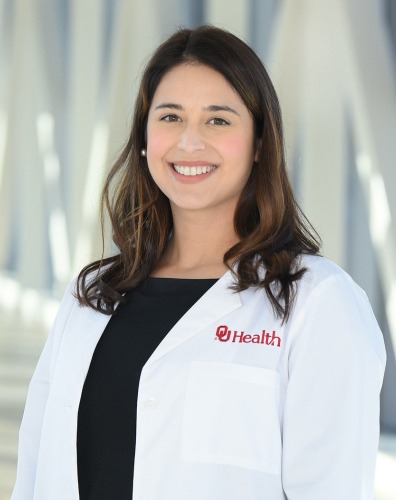

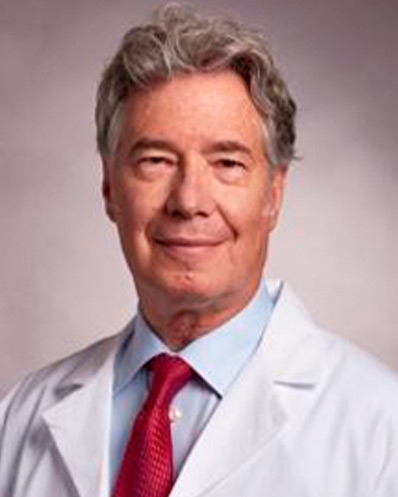

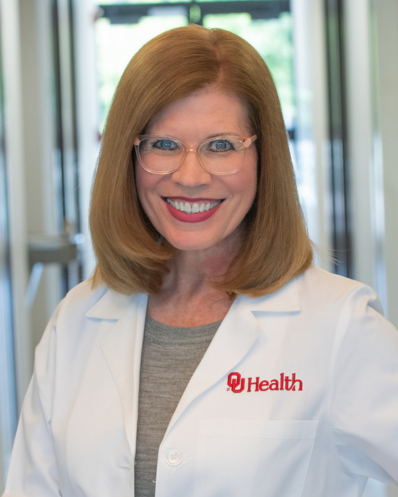

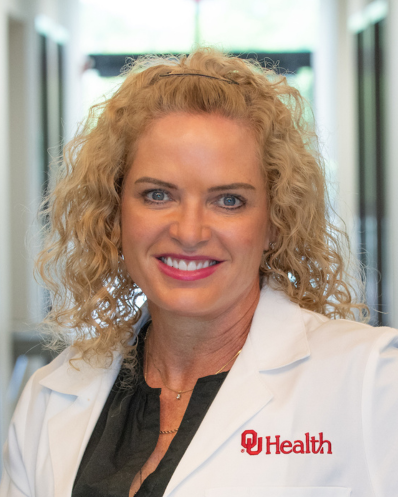

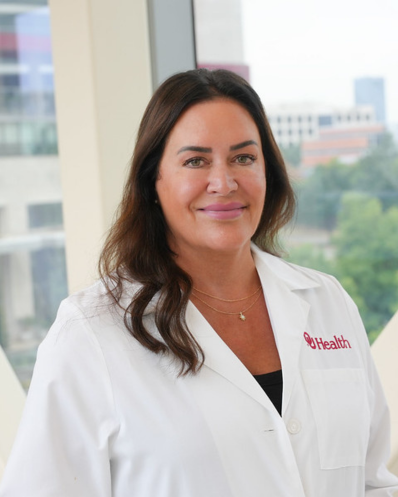

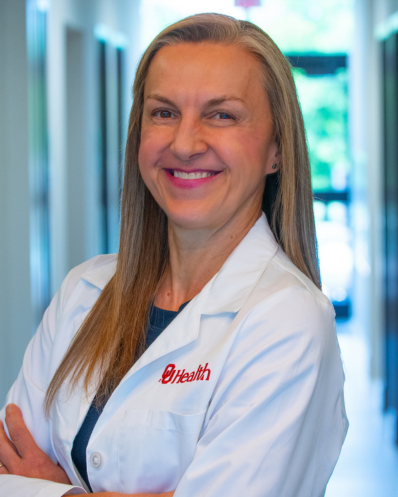


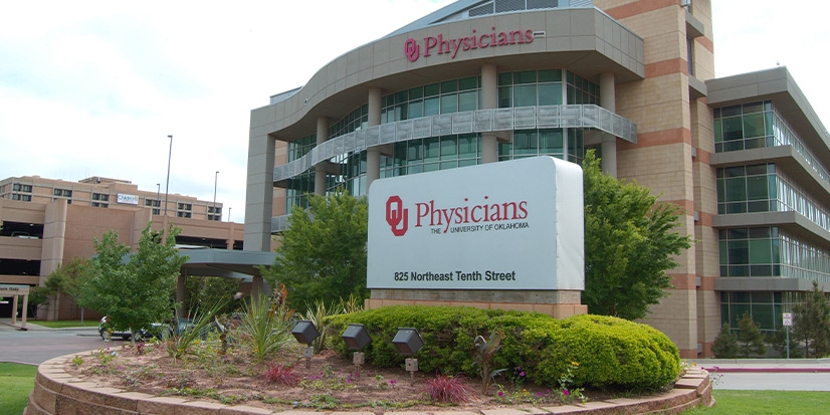
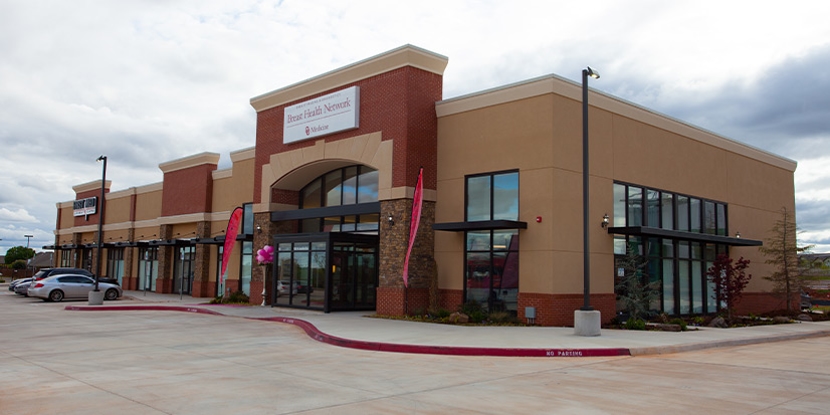
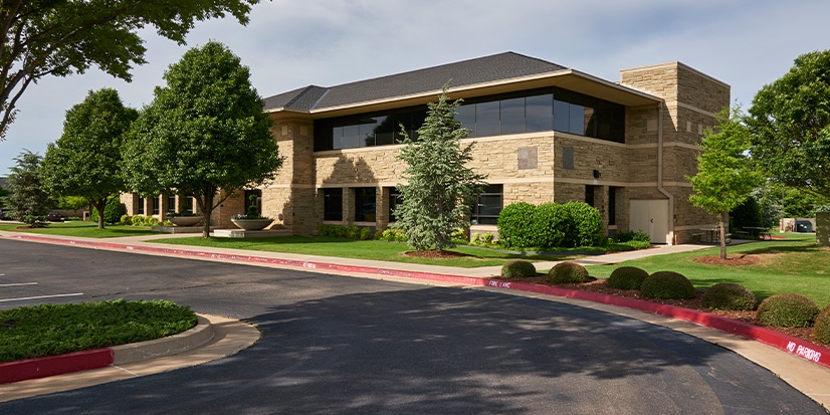
Tulsa resident Elizabeth Busten received a breast cancer diagnosis on her 35th birthday in 2004, a challenge that she said came completely by ...
For nearly 40 years, BCBSOK and OU Health have partnered to provide our members across the state with access to unique, high-quality health care. We ...
2021 was a busy year for Chanda Kersey. She was busy with her career as a physician assistant at the dermatology clinic at OU Health, as well as ...